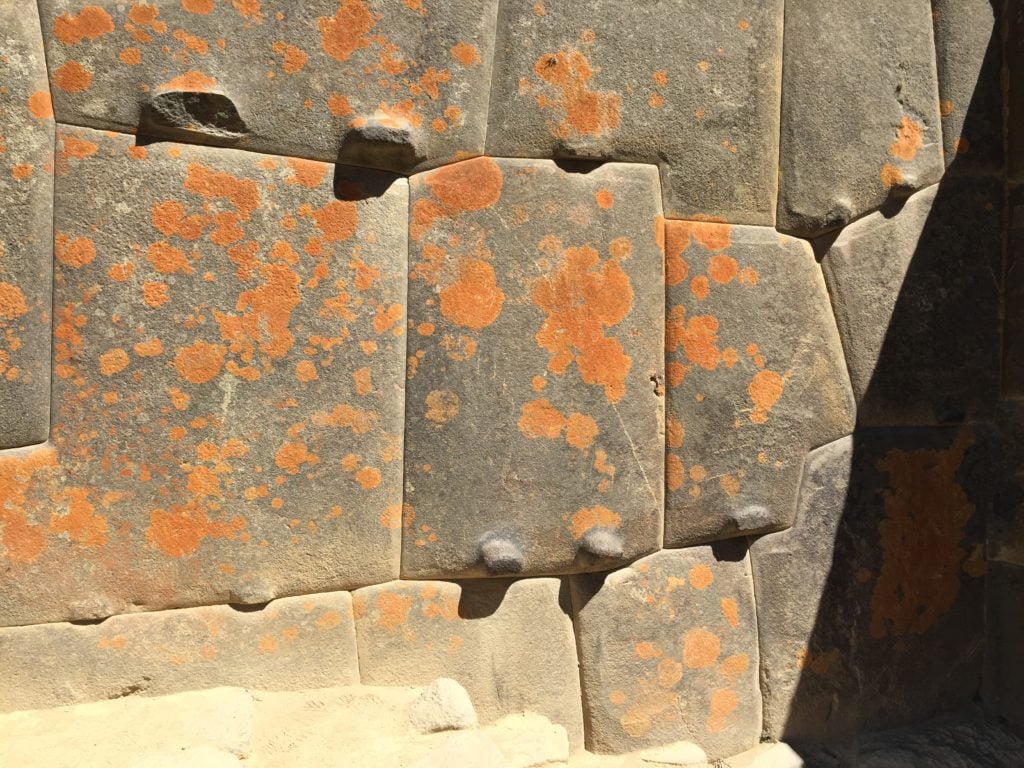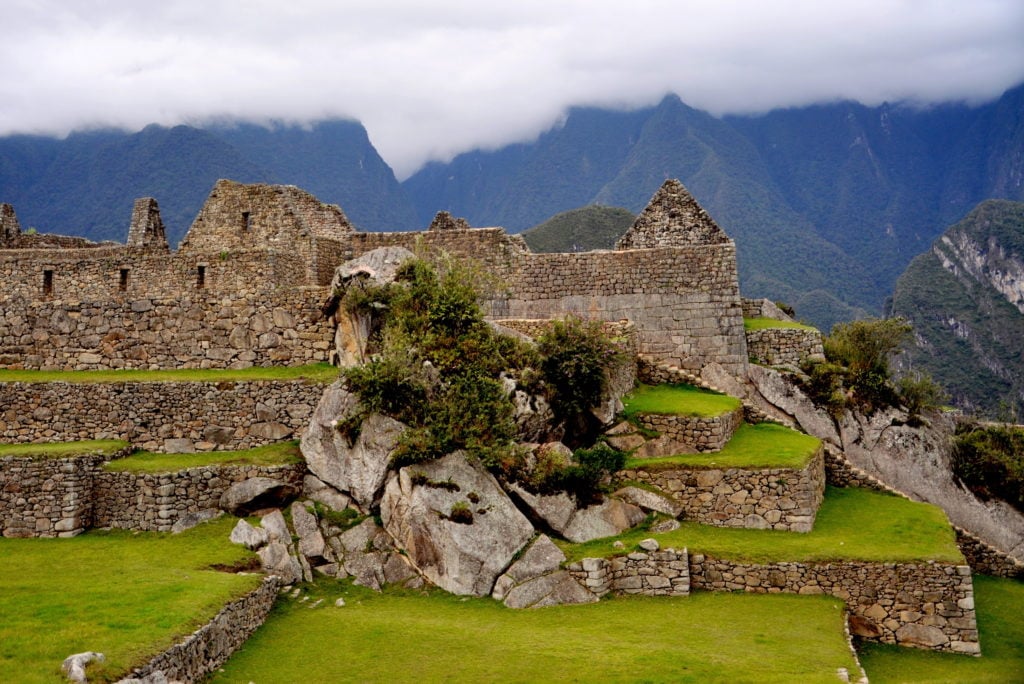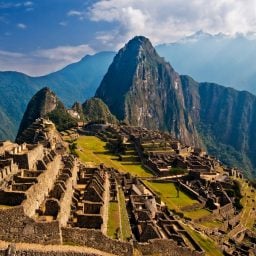Why did ancient builders construct Machu Picchu, the ancient Inca city in present-day Peru, in such an inaccessible region of South America? Researchers say they may finally have found an answer: the presence of tectonic fault lines.
In a presentation to the Geological Society of America, Brazilian scientist Rualdo Menegat presented new satellite imagery and field measurements drawn from four expeditions completed over 11 years. The biggest takeaway from his research is evidence of a network of faults underneath the famed archaeological site.
The faults—separations between large rocks in the Earth’s crust, which vary in length from just a few millimeters to thousands of miles—presented the Incas with naturally occurring pre-fractured rocks, which would have been significantly easier to move around and build with than complete blocks of stone.
“The intense fracturing… predisposed the rocks to breaking along… planes of weakness, which greatly reduced the energy needed to carve them,” according to Menegat.

Ollantaytambo, Peru: The Incas took advantage of pre-existing fractures in local stones to reduce the amount of energy needed to create their master stonework. Photo: Terri Cook & Lon Abbott.
“In addition” Menegat says, “the blocks take on typical shapes such as triangles, hexagons, and rhombohedra. These forms fit geometrically on the wall mosaics of the buildings.”
The areas Menegat mapped correspond with the axis of Machu Picchu’s layout, some running northeast to southwest, and others northwest to southeast, creating an “X” shape that cuts through the under-layer of the city. The Incas, knowing they were onto something, actually built many ancient cities (including Ollantaytambo, Písac, and Cusco) to correspond with similarly underlying geological faults.
The Incas were master stoneworkers, and images from Menegat’s analysis show what he describes as “mortar-free masonry,” with stones fit together like perfect puzzle pieces. They are so precise, in fact, you can’t even slide a credit card between them.
In addition to helping shape the massive stone city, the underlying fractures also helped to provide water in the remote alpine environment, as melted ice and rainwater could be delivered straight to the site via the breaks between the massive stones.










